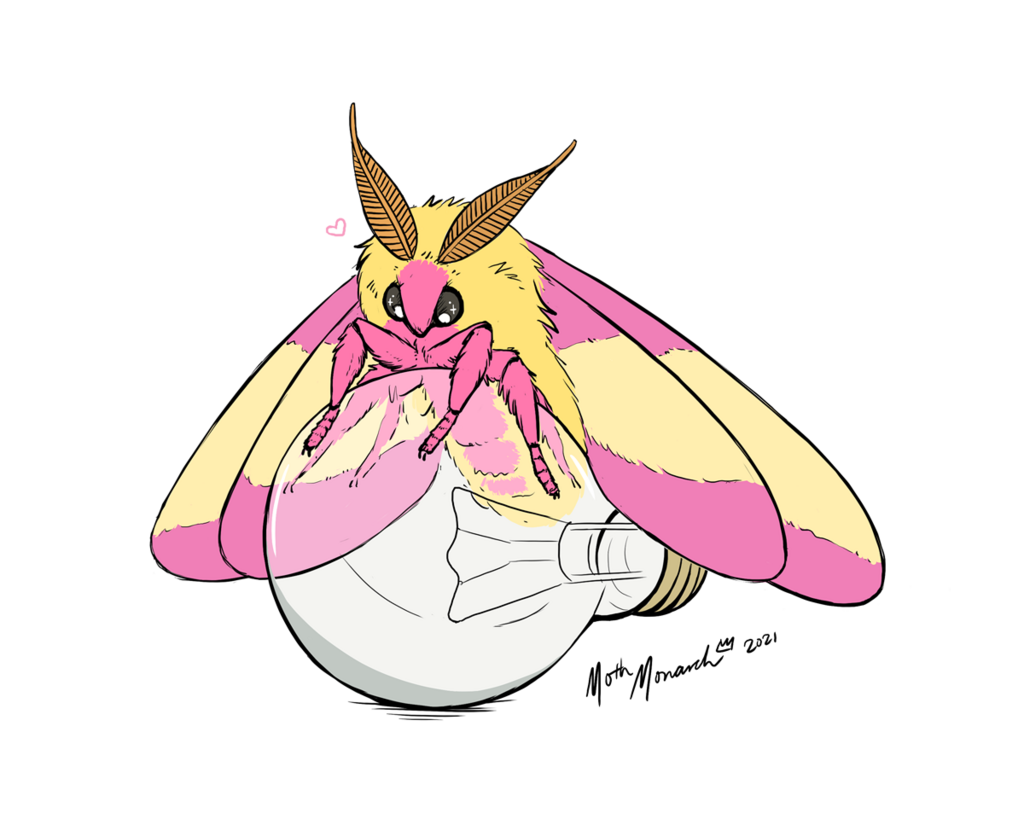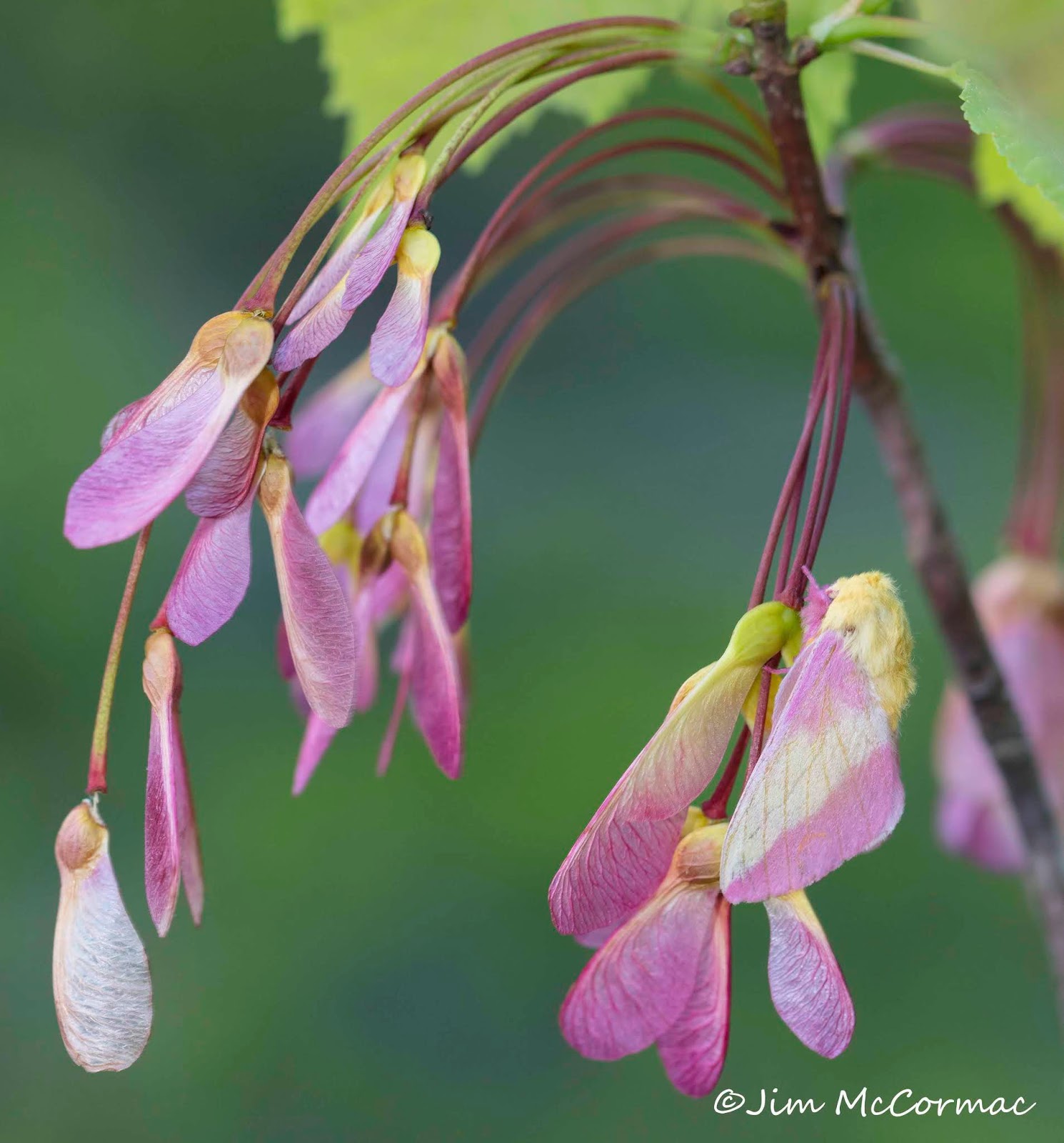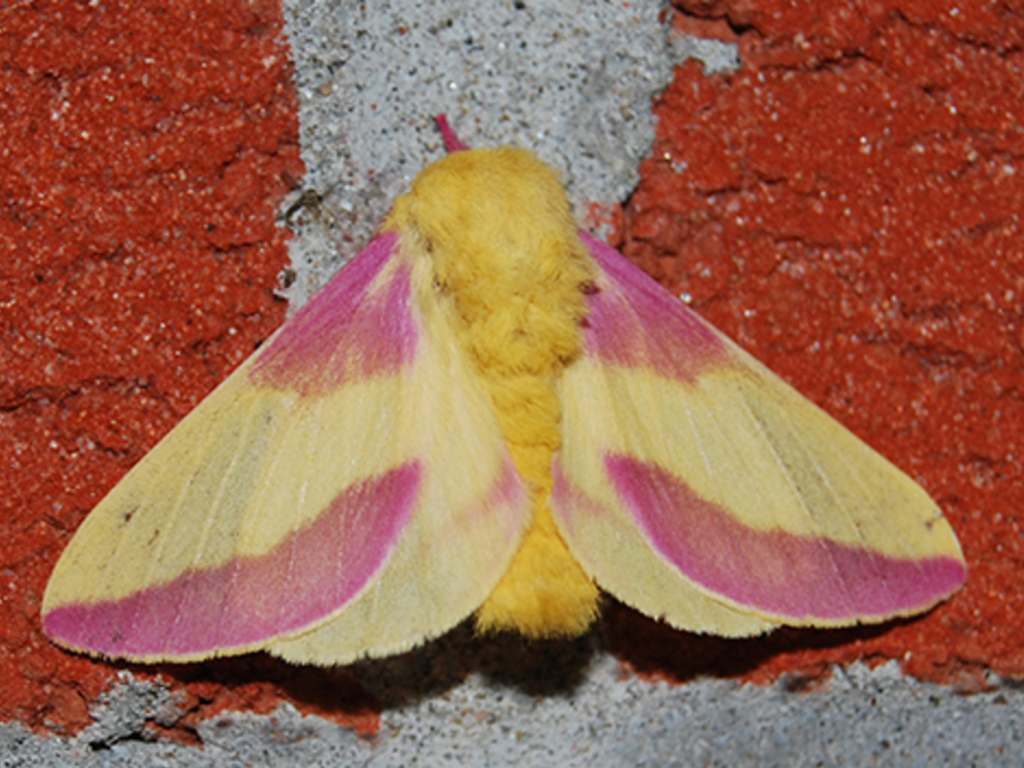
The rosy maple moth is a fascinating creature that captivates both entomologists and nature enthusiasts alike. With its vibrant colors and unique lifestyle, this moth stands out as one of nature’s most intriguing insects. In this article, we will delve into the world of the rosy maple moth, exploring its characteristics, habitat, life cycle, and more.

Key Takeaways

- The rosy maple moth is known for its striking pink and yellow coloration.
- It primarily inhabits deciduous forests in North America.
- The moth’s life cycle consists of egg, larva, pupa, and adult stages.
- Rosy maple moths play a role in the ecosystem as pollinators and as part of the food chain.
Understanding the Rosy Maple Moth

The rosy maple moth (Dryocampa rubicunda) is a member of the Saturniidae family, which is known for its large and colorful moths. This species is particularly renowned for its vibrant pink and yellow coloration, making it a favorite among photographers and nature lovers.
Physical Characteristics
The rosy maple moth is relatively small compared to other moths in its family, with a wingspan ranging from 3.2 to 5.0 cm. Its body and wings are primarily pink, with yellow patches that can vary in intensity. This unique coloration serves as a form of camouflage against predators, blending seamlessly with the flowers and foliage in its habitat.

Habitat and Distribution
Native to North America, the rosy maple moth is commonly found in deciduous forests, particularly those with an abundance of maple trees, which serve as its primary food source. Its range extends from southern Canada through the eastern United States and into parts of Texas and Florida.
The Life Cycle of the Rosy Maple Moth
The life cycle of the rosy maple moth is a fascinating process that includes four distinct stages: egg, larva, pupa, and adult. Each stage plays a crucial role in the development and survival of the species.
Egg Stage
Female rosy maple moths lay their eggs on the underside of maple leaves. The eggs are small, round, and pale yellow, blending in with the foliage to avoid detection by predators. After about two weeks, the eggs hatch into larvae.
Larva Stage
Also known as caterpillars, the larvae of the rosy maple moth are initially pale green with white stripes. As they grow, they develop a more pronounced yellow-green coloration. These caterpillars are voracious feeders, consuming large amounts of maple leaves to fuel their growth. After several weeks of feeding, the larvae enter the pupal stage.
Pupal Stage
During the pupal stage, the caterpillar transforms into a pupa, encasing itself in a cocoon made of silk and leaf debris. This stage can last several weeks to months, depending on environmental conditions such as temperature and humidity.
Adult Stage
Upon emerging from the cocoon, the adult rosy maple moth is ready to mate and continue the cycle. Adults have a short lifespan, typically living only a few days to a week. During this time, they focus on reproduction, with females laying eggs to start the next generation.
The Ecological Role of the Rosy Maple Moth
While the rosy maple moth may seem like a small and insignificant creature, it plays an important role in its ecosystem. As pollinators, these moths contribute to the reproduction of various plant species. Additionally, they serve as a food source for birds, bats, and other predators, helping to maintain the balance of the food chain.
Conservation and Threats
Currently, the rosy maple moth is not considered endangered. However, habitat loss and environmental changes pose potential threats to its population. Conservation efforts focused on preserving deciduous forests and reducing pesticide use can help ensure the survival of this beautiful species.

The rosy maple moth is a remarkable insect that continues to intrigue and inspire those who encounter it. With its striking appearance and essential role in the ecosystem, this moth is a testament to the beauty and complexity of nature. By understanding and appreciating the rosy maple moth, we can contribute to its preservation and the health of our natural world.